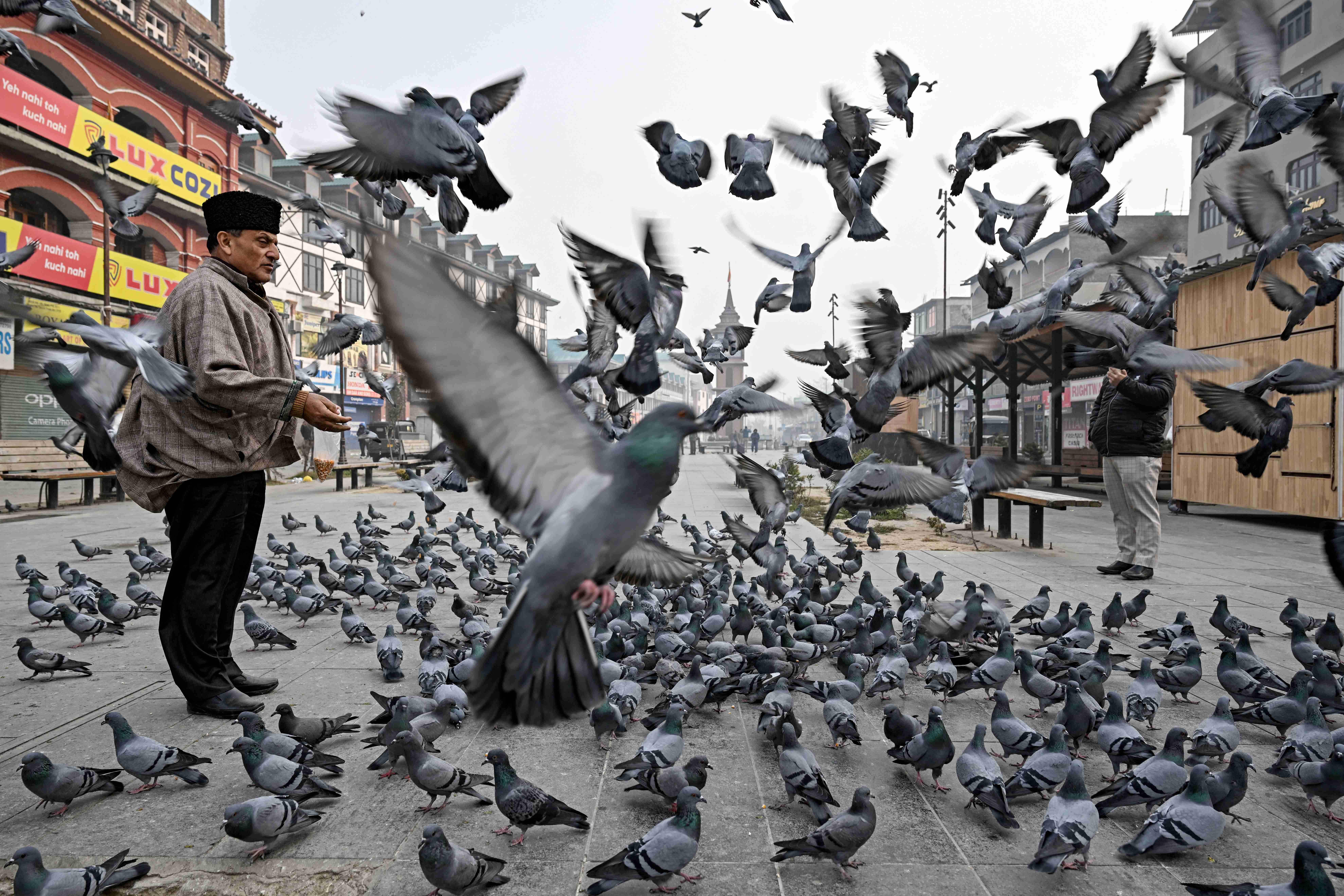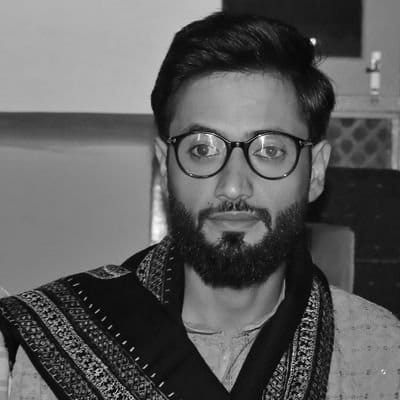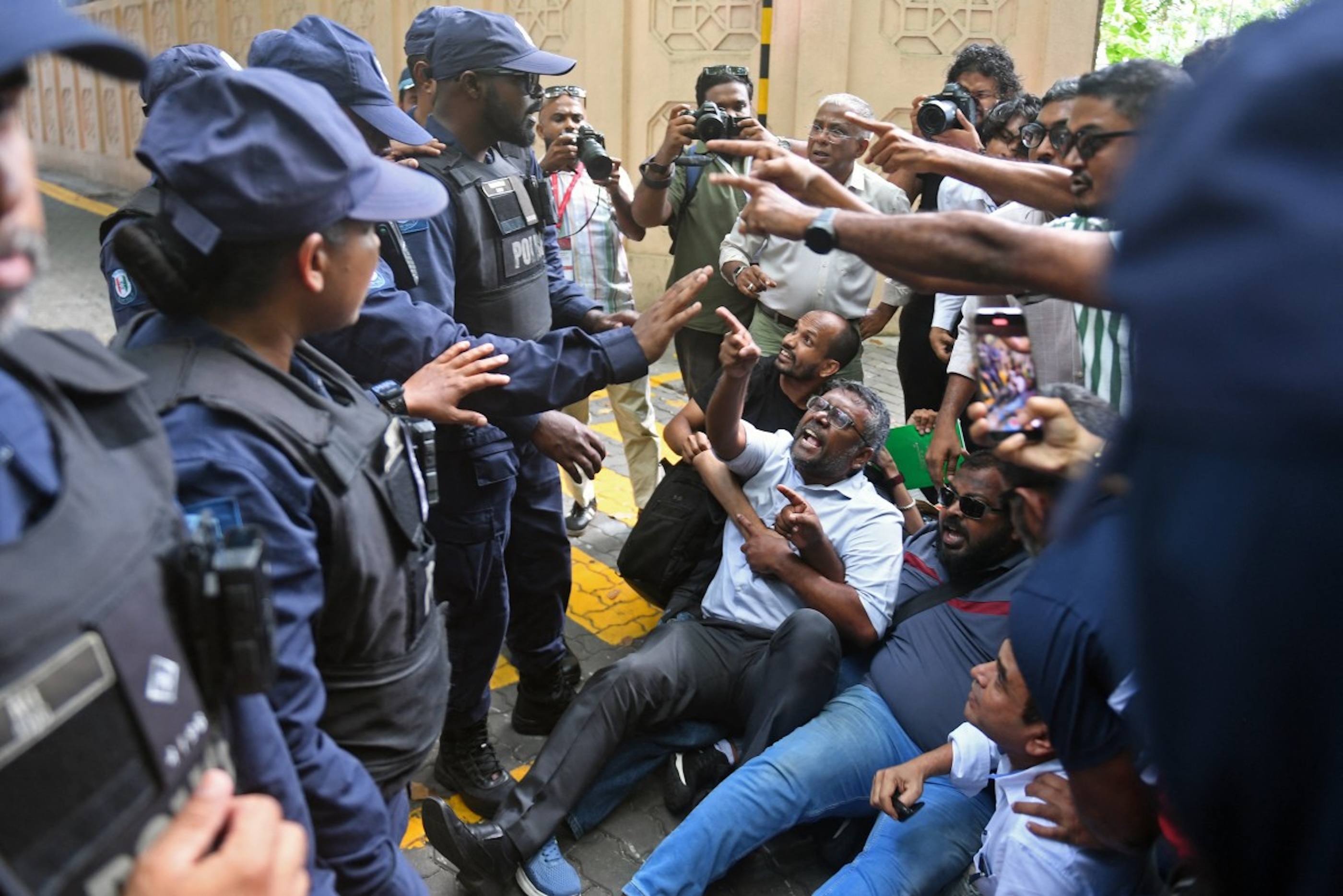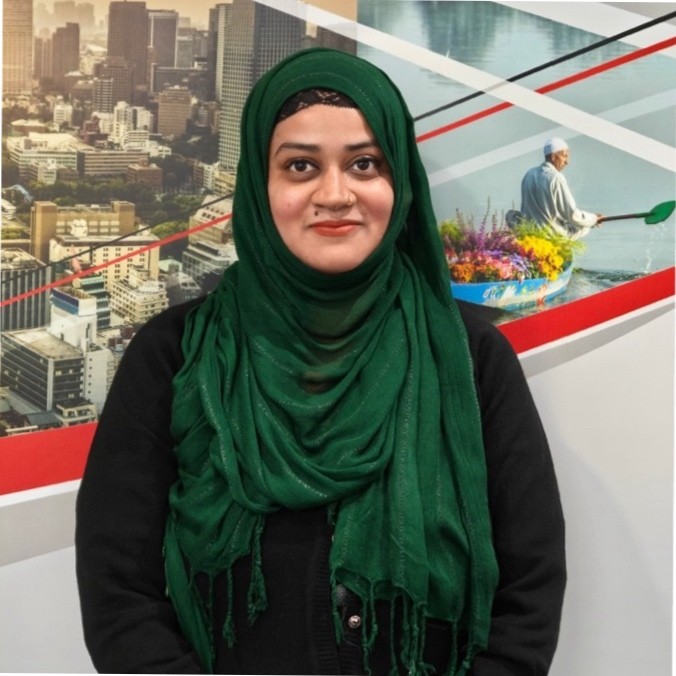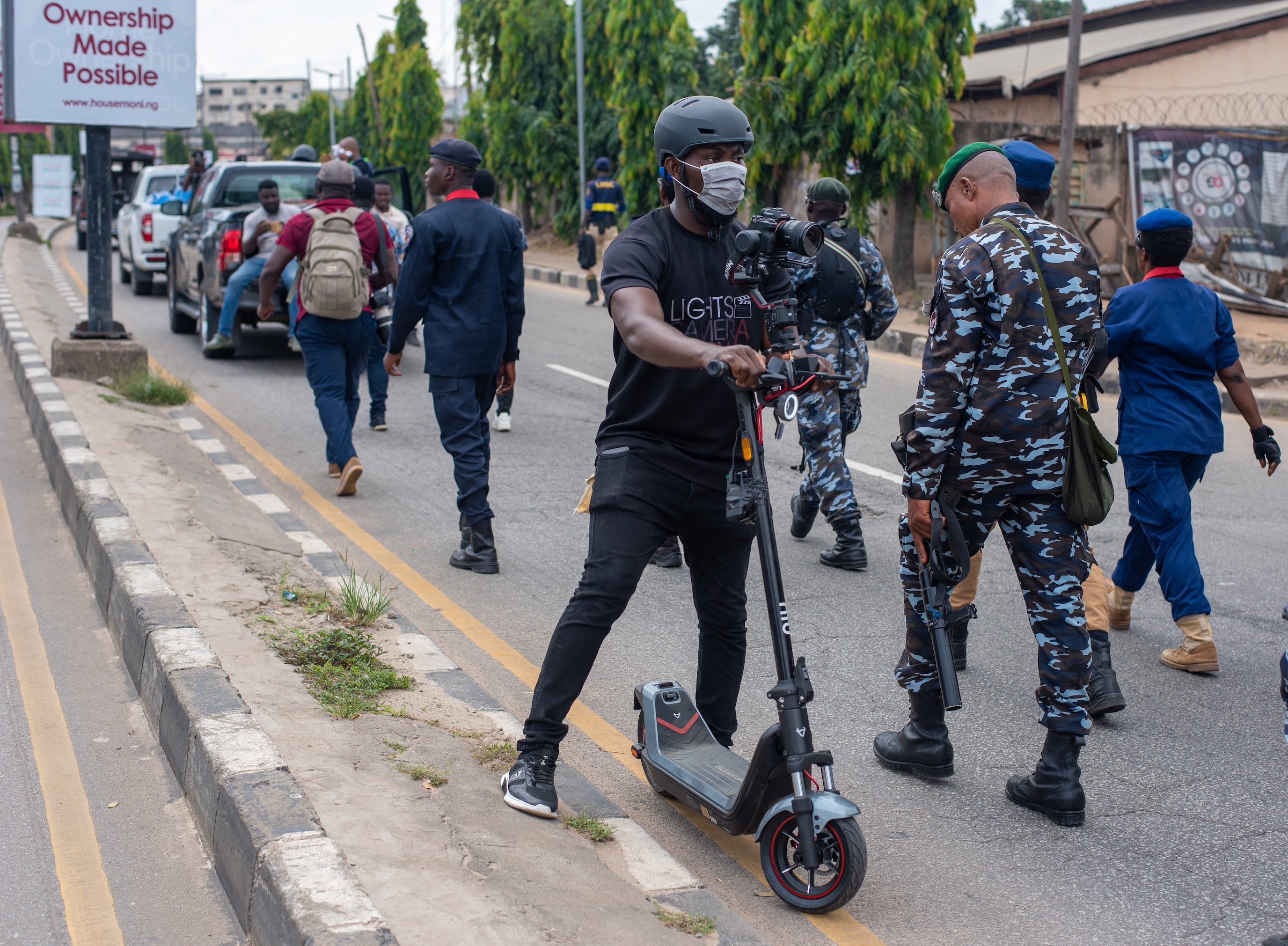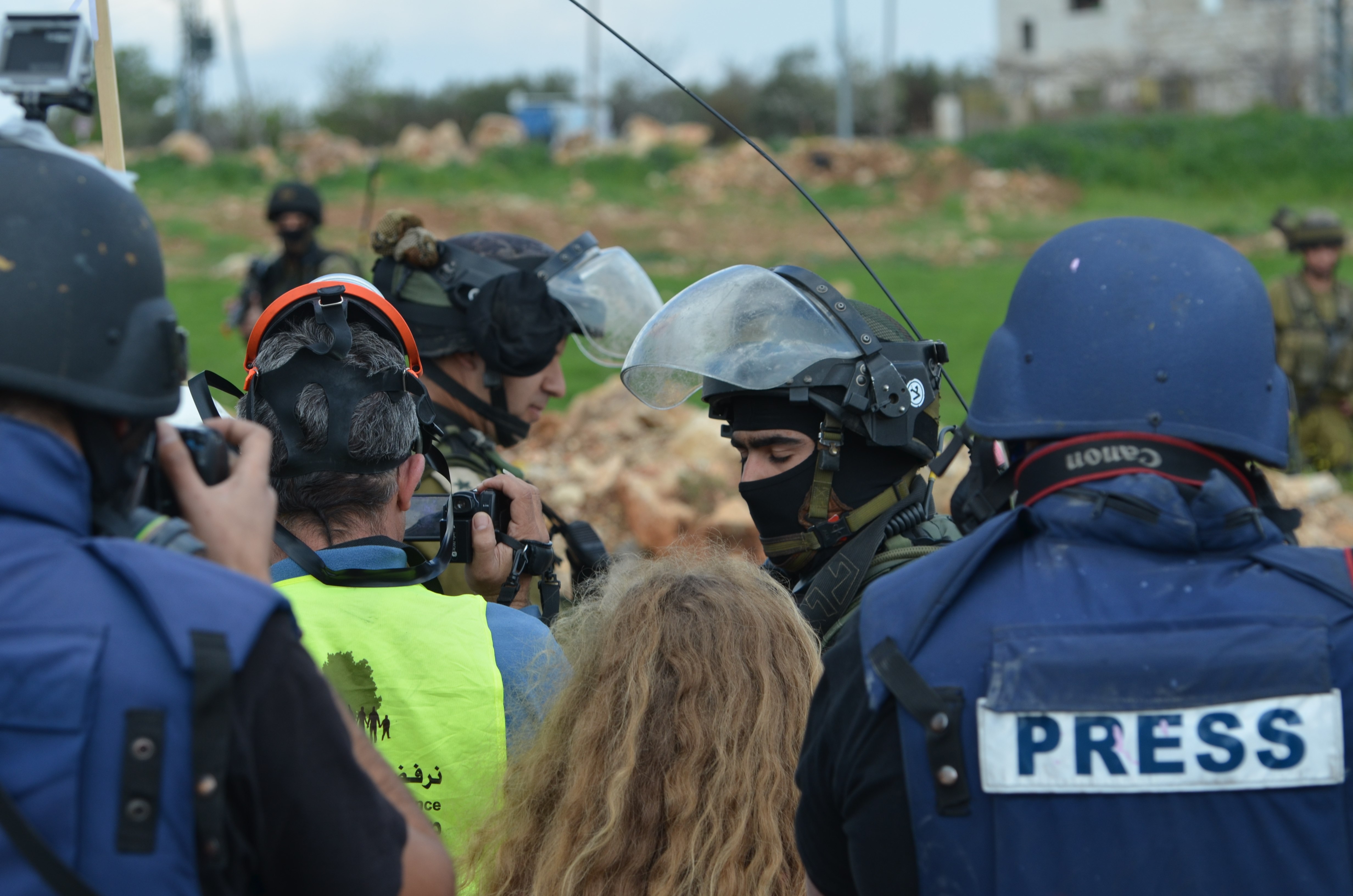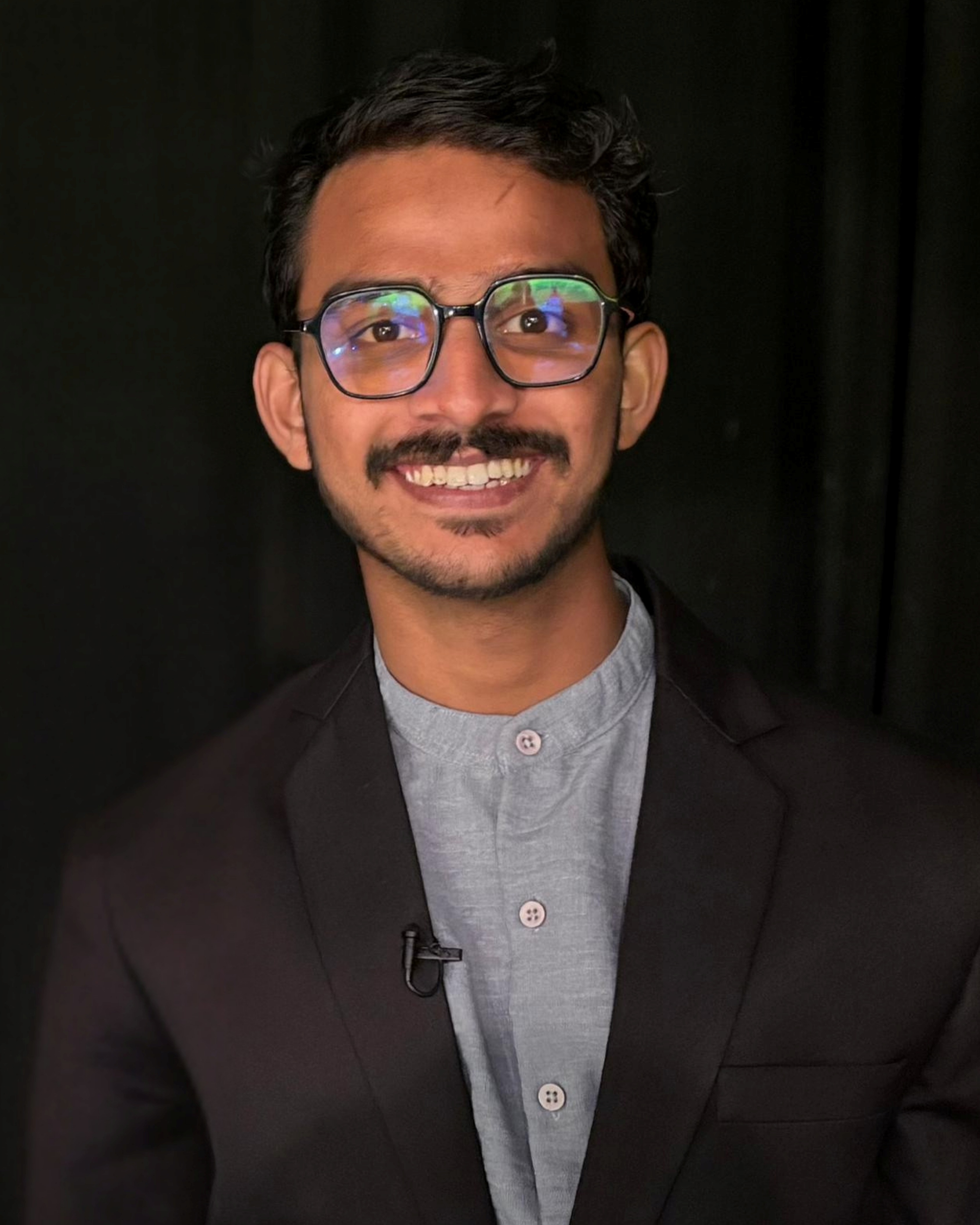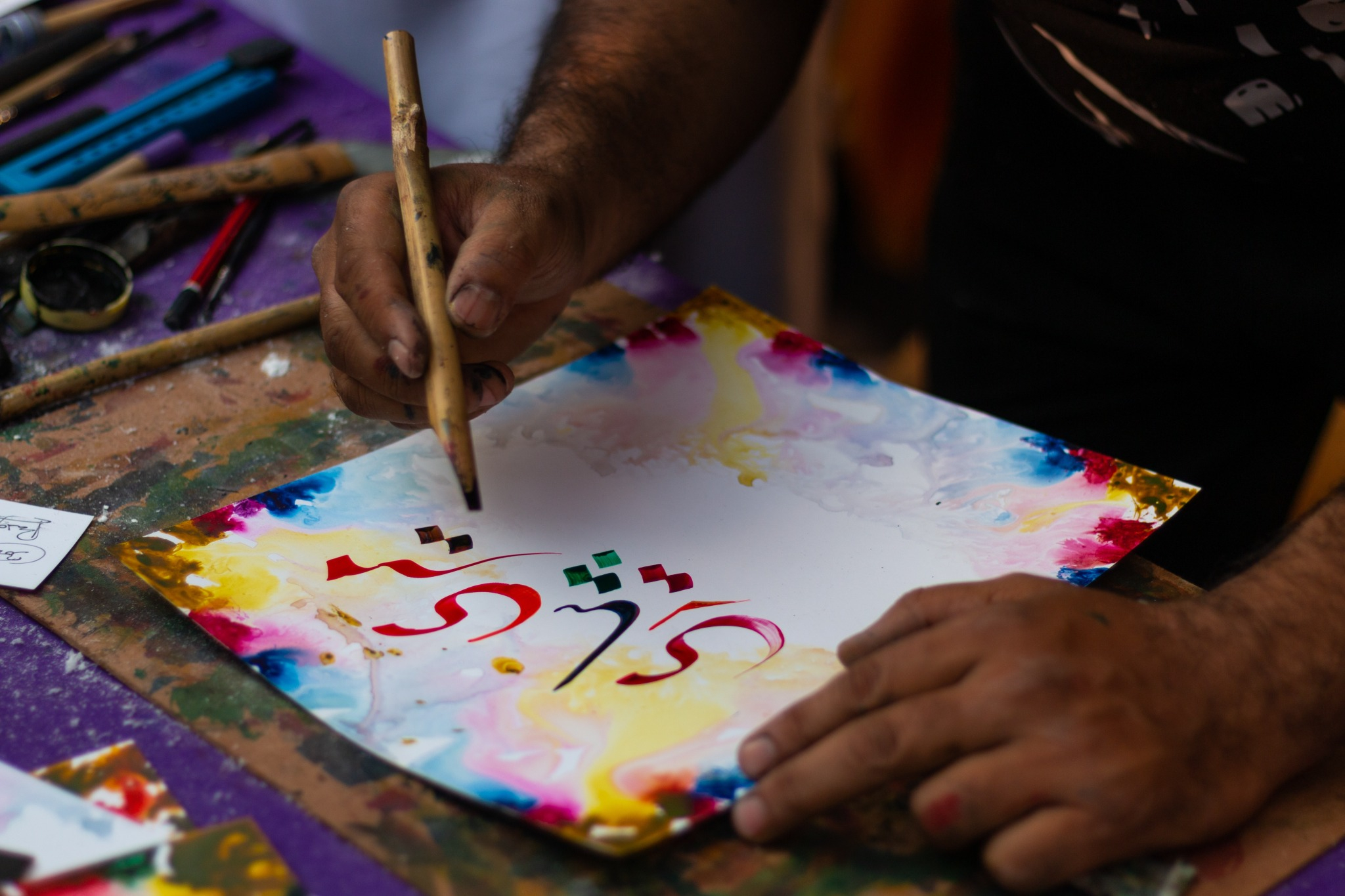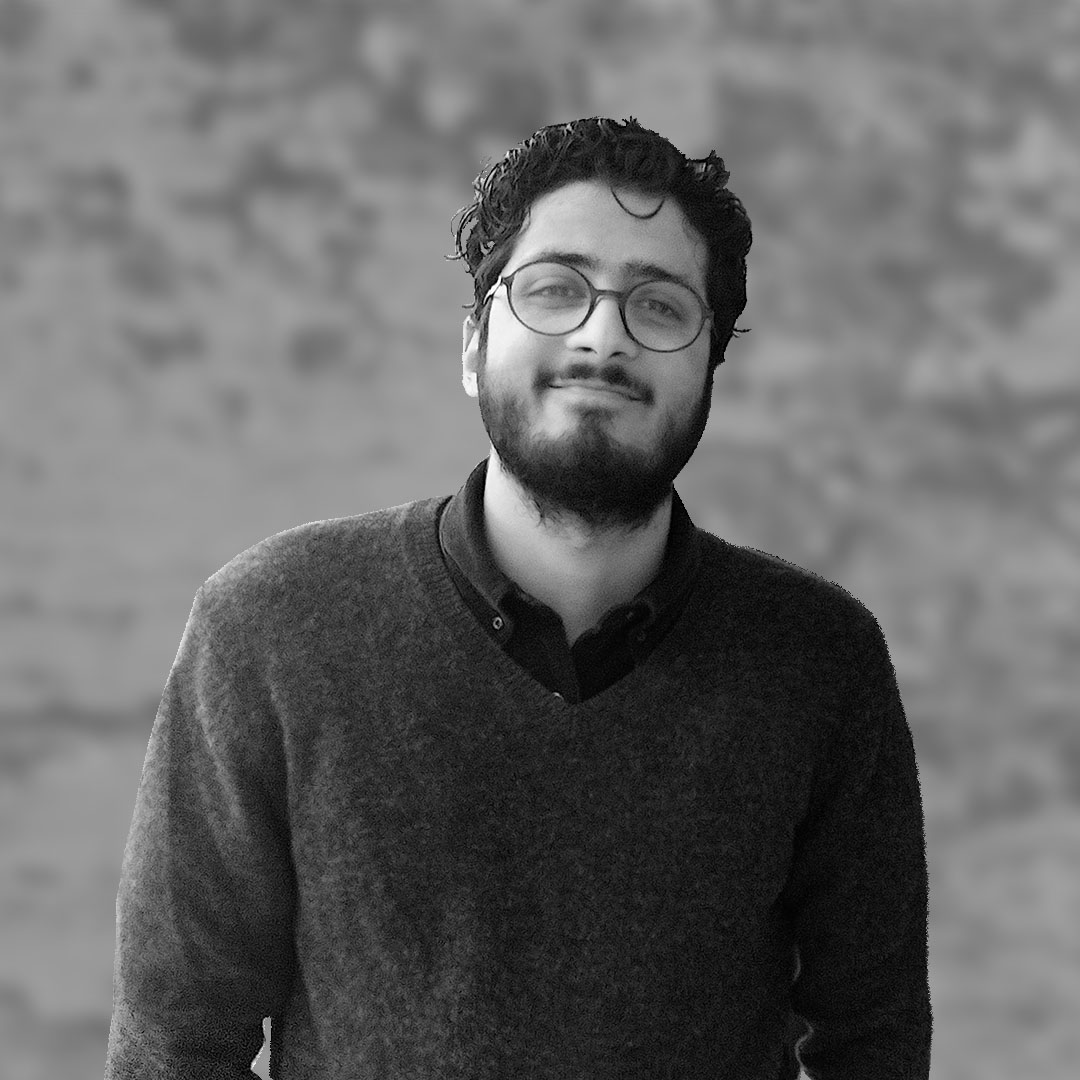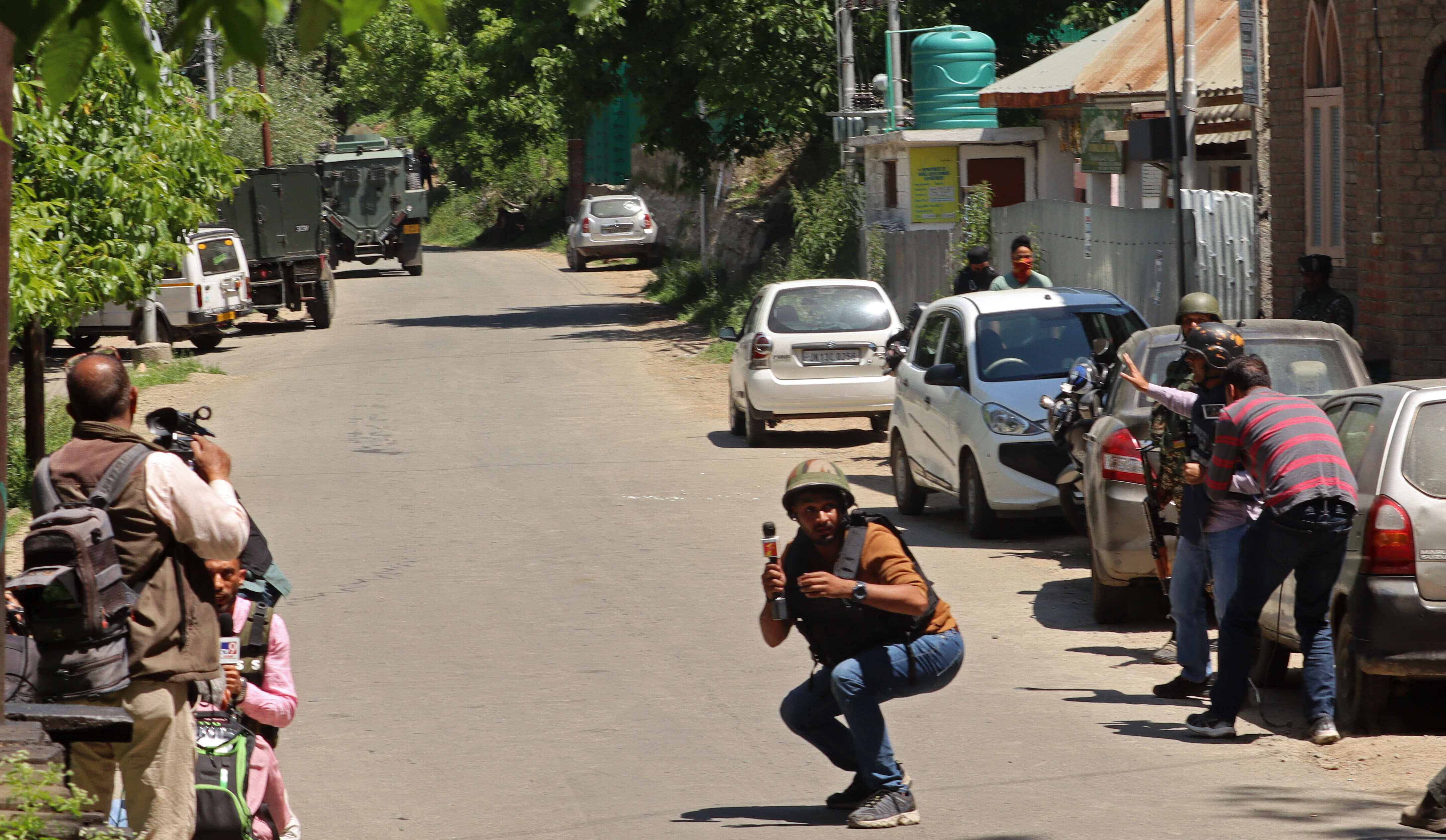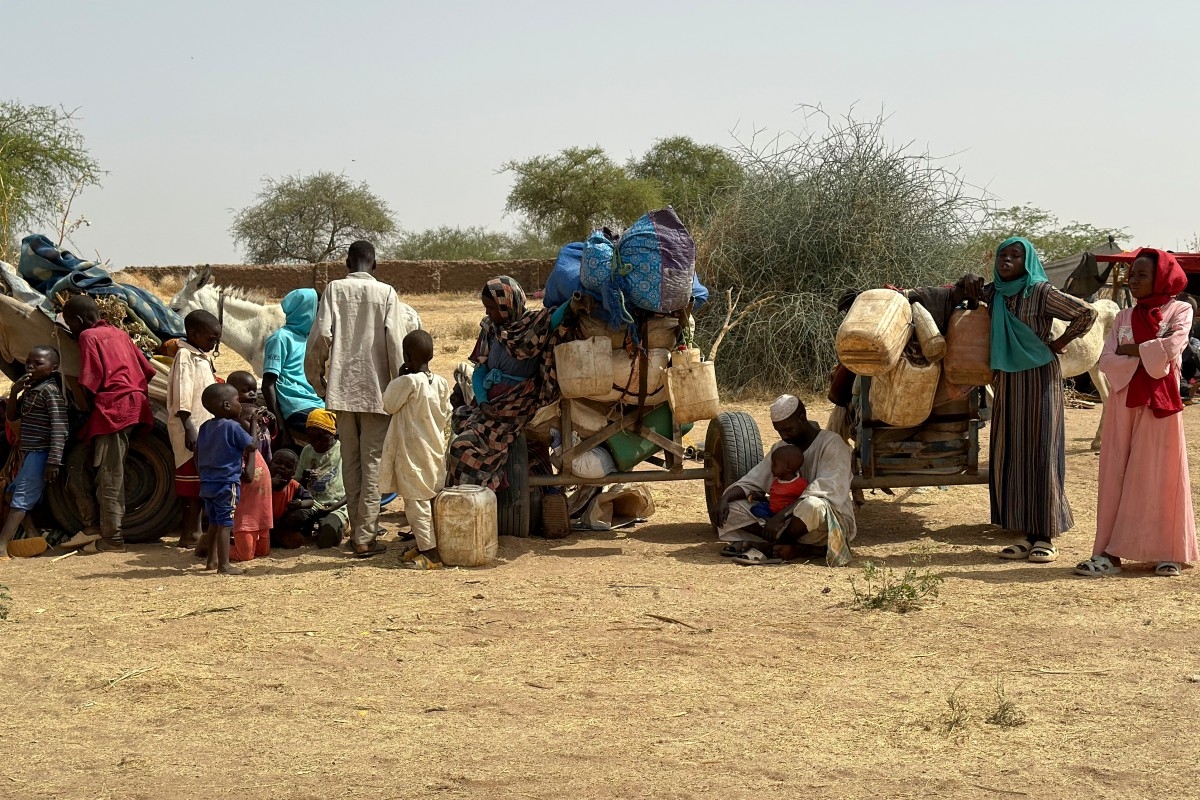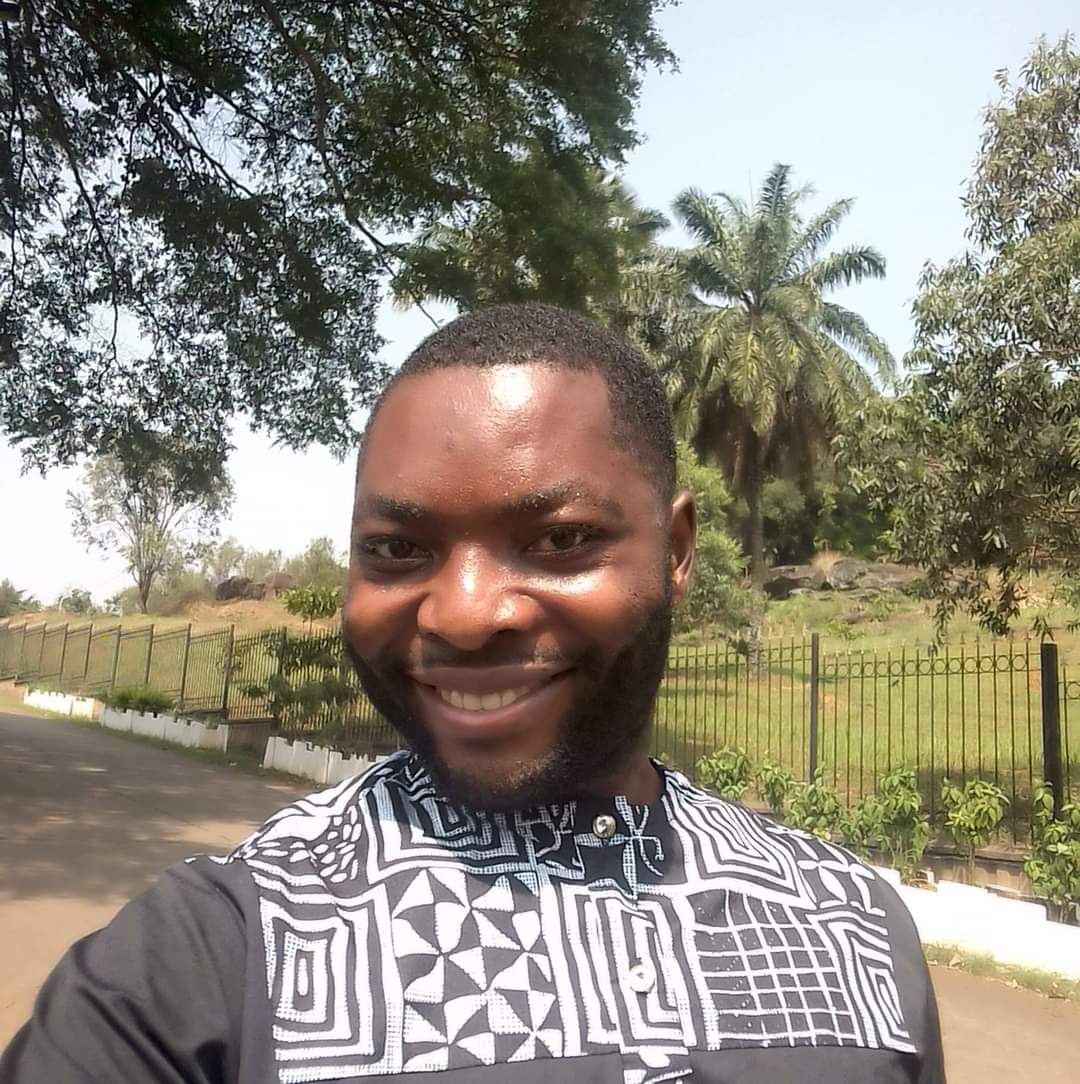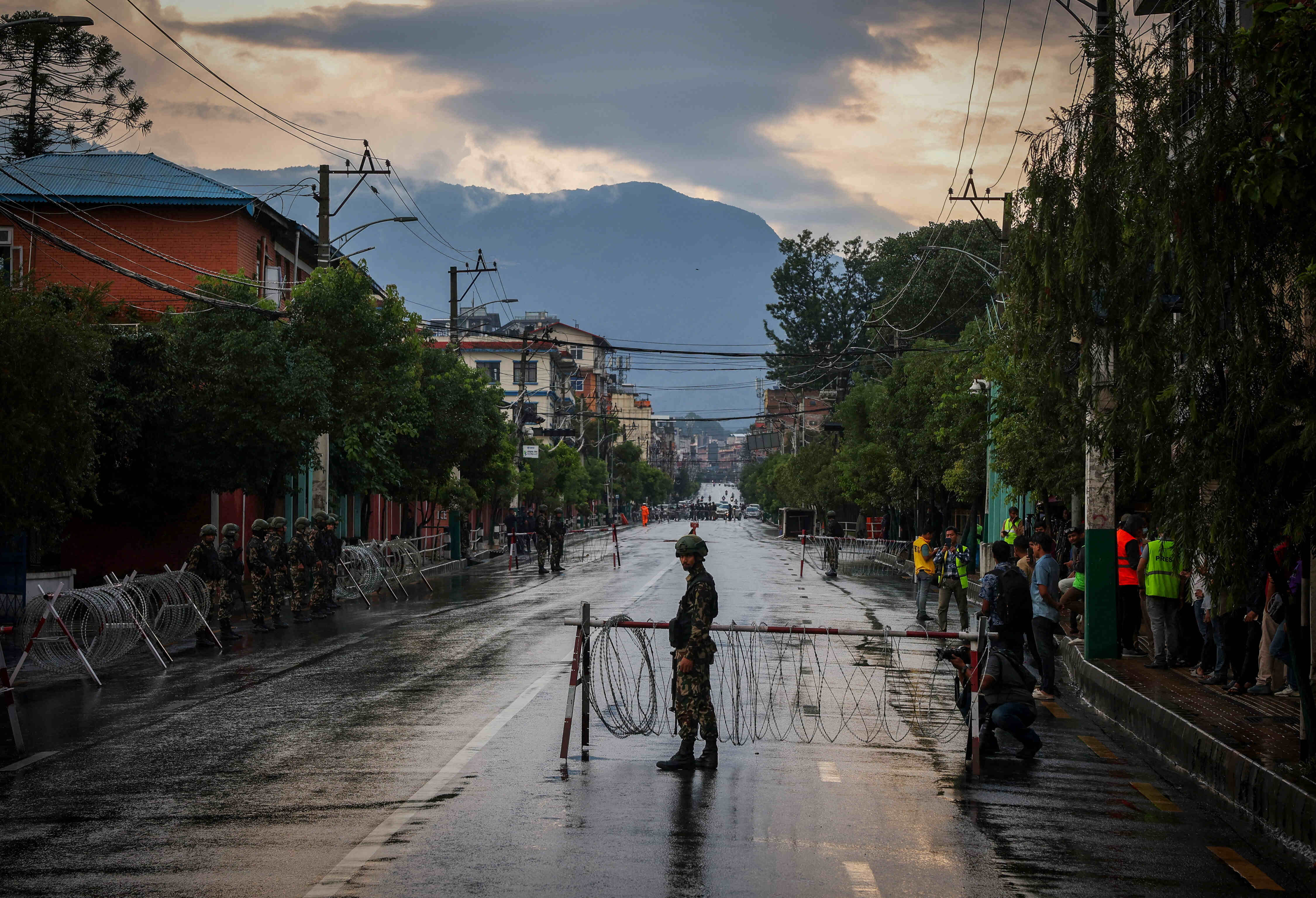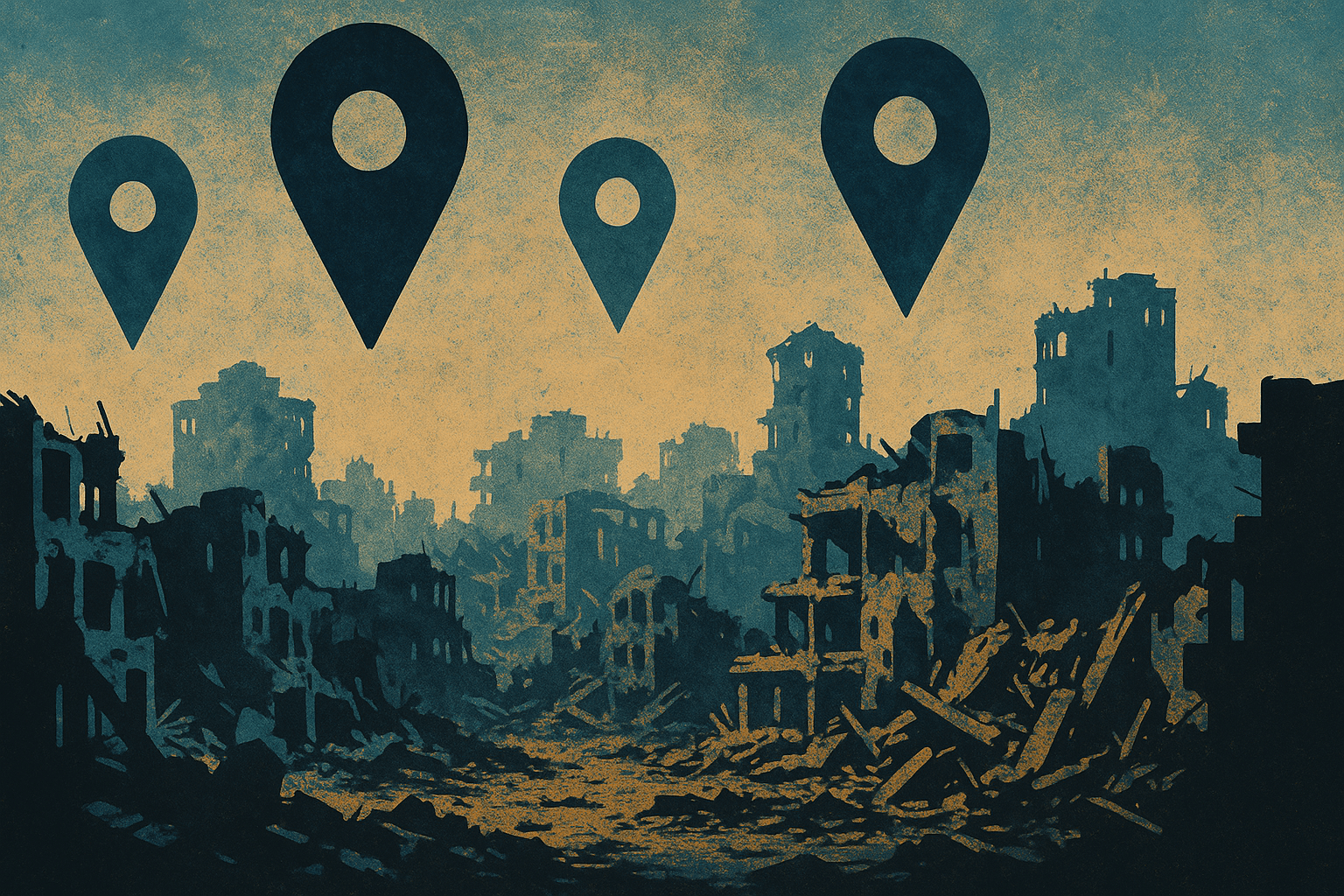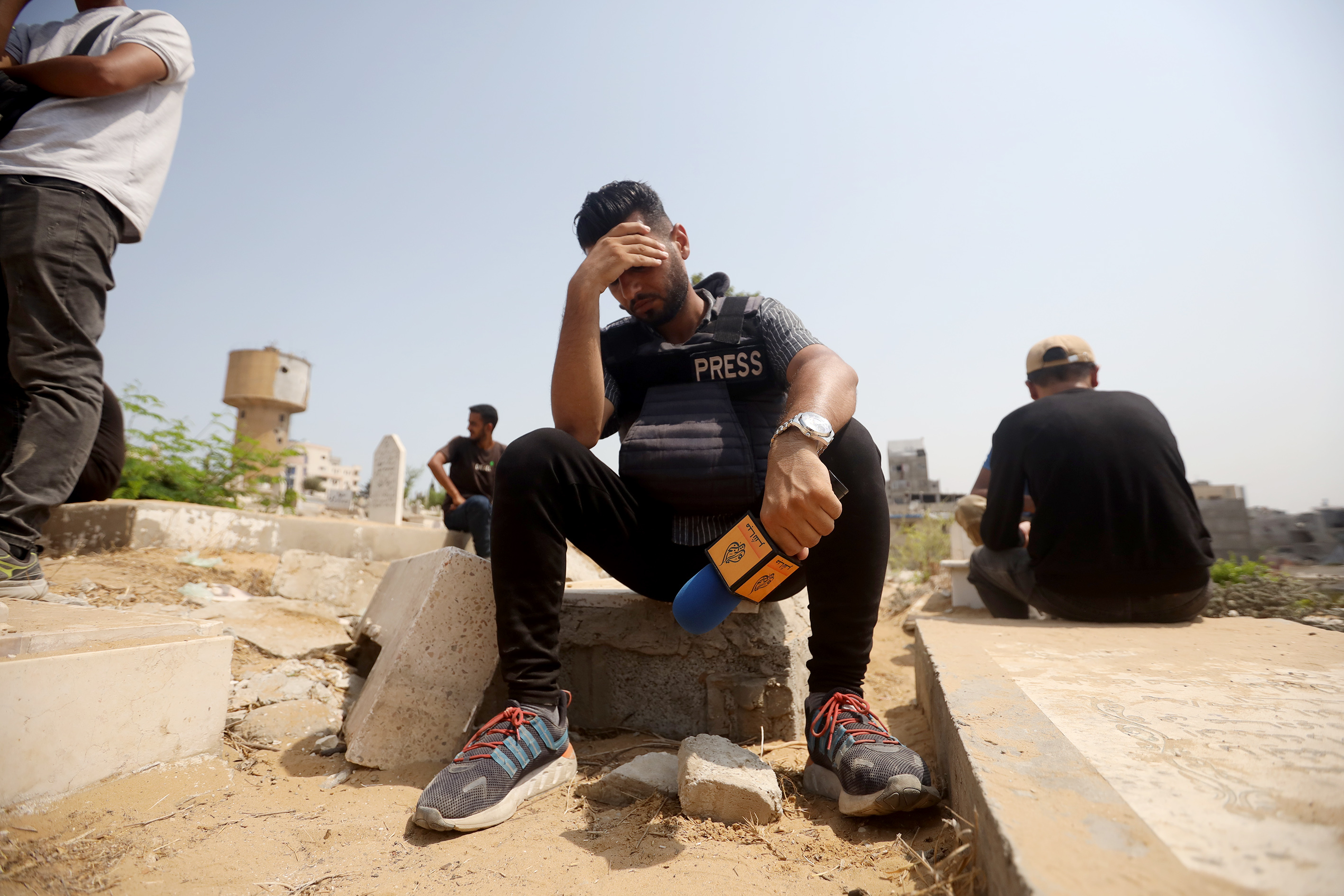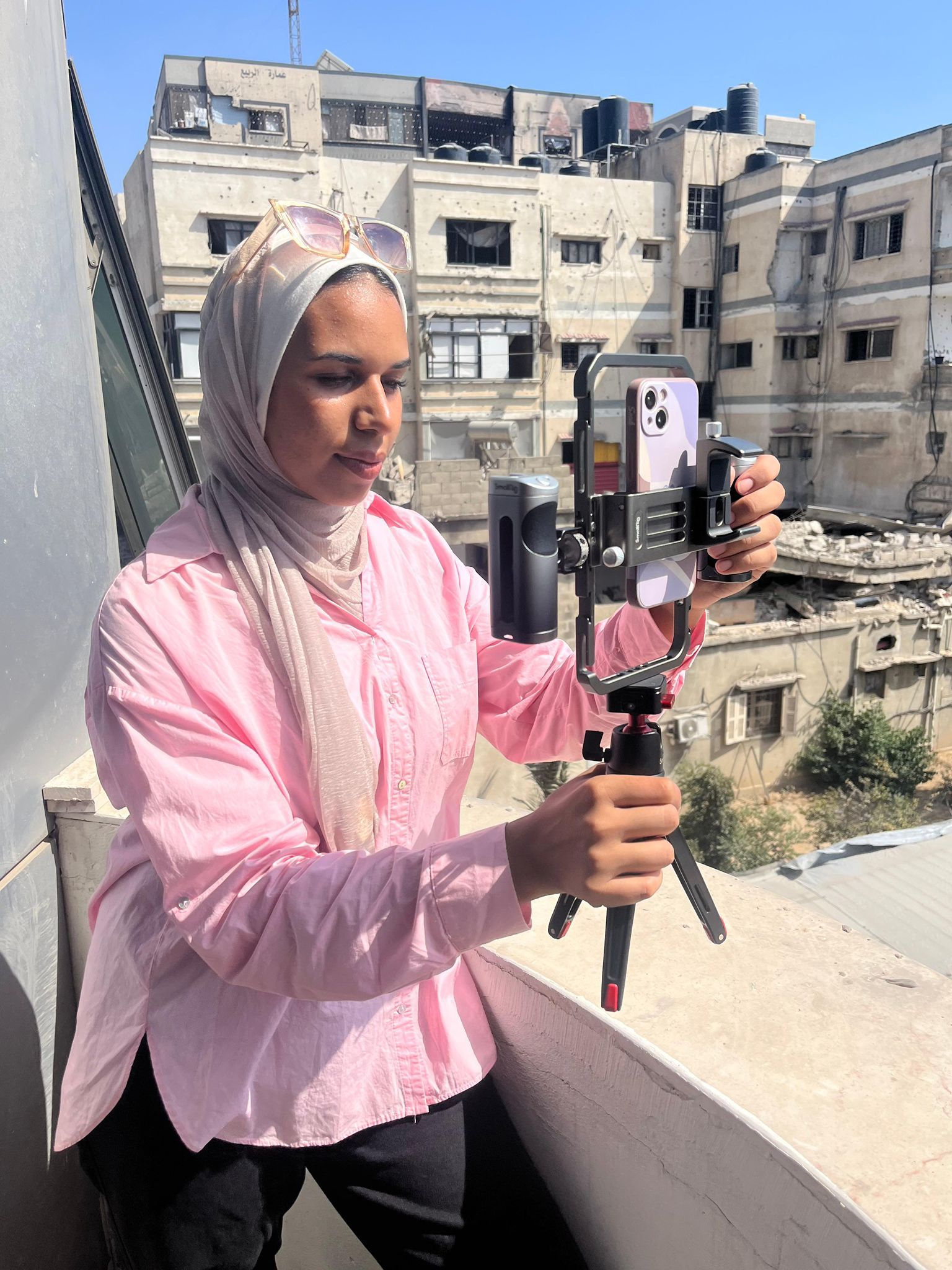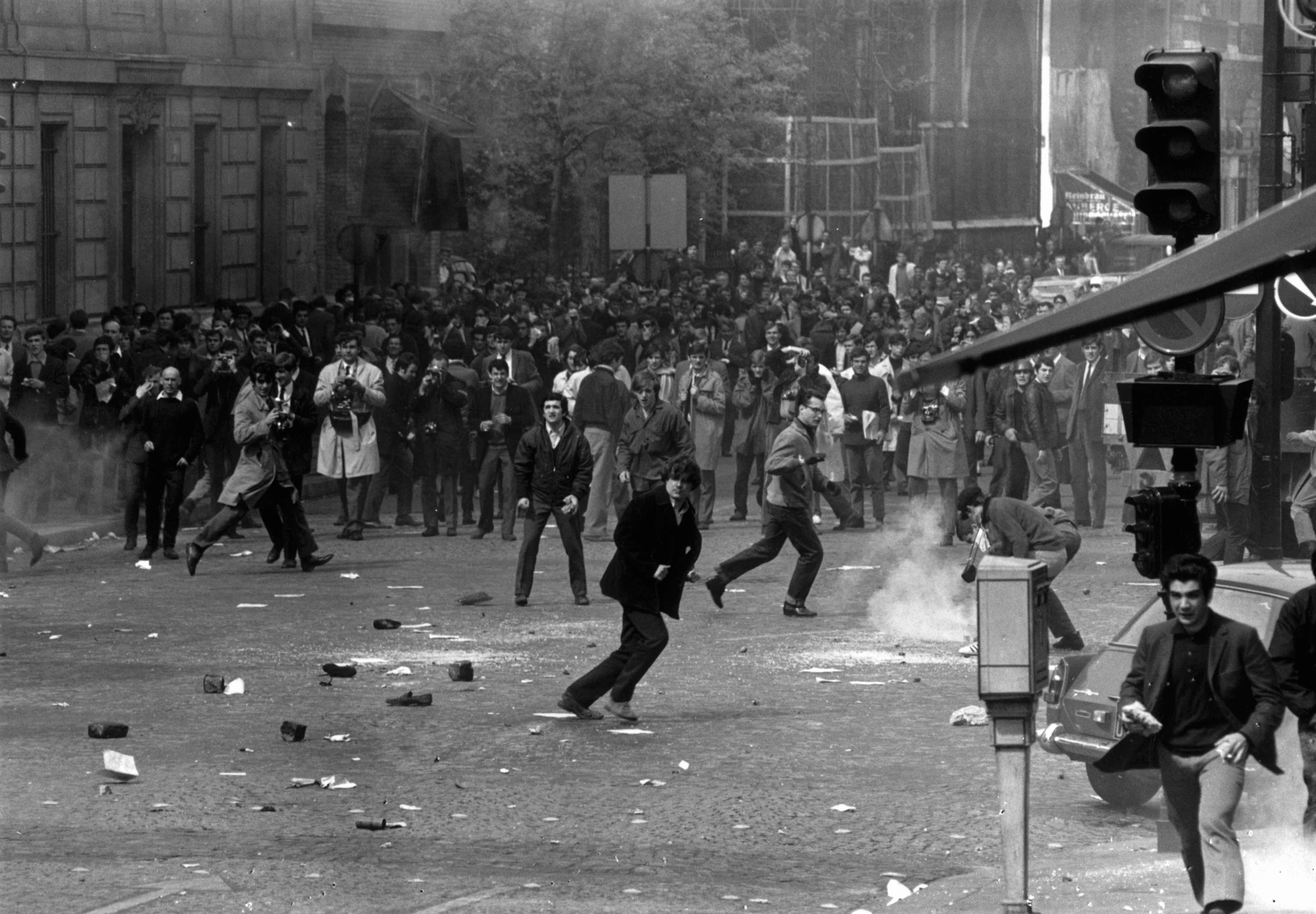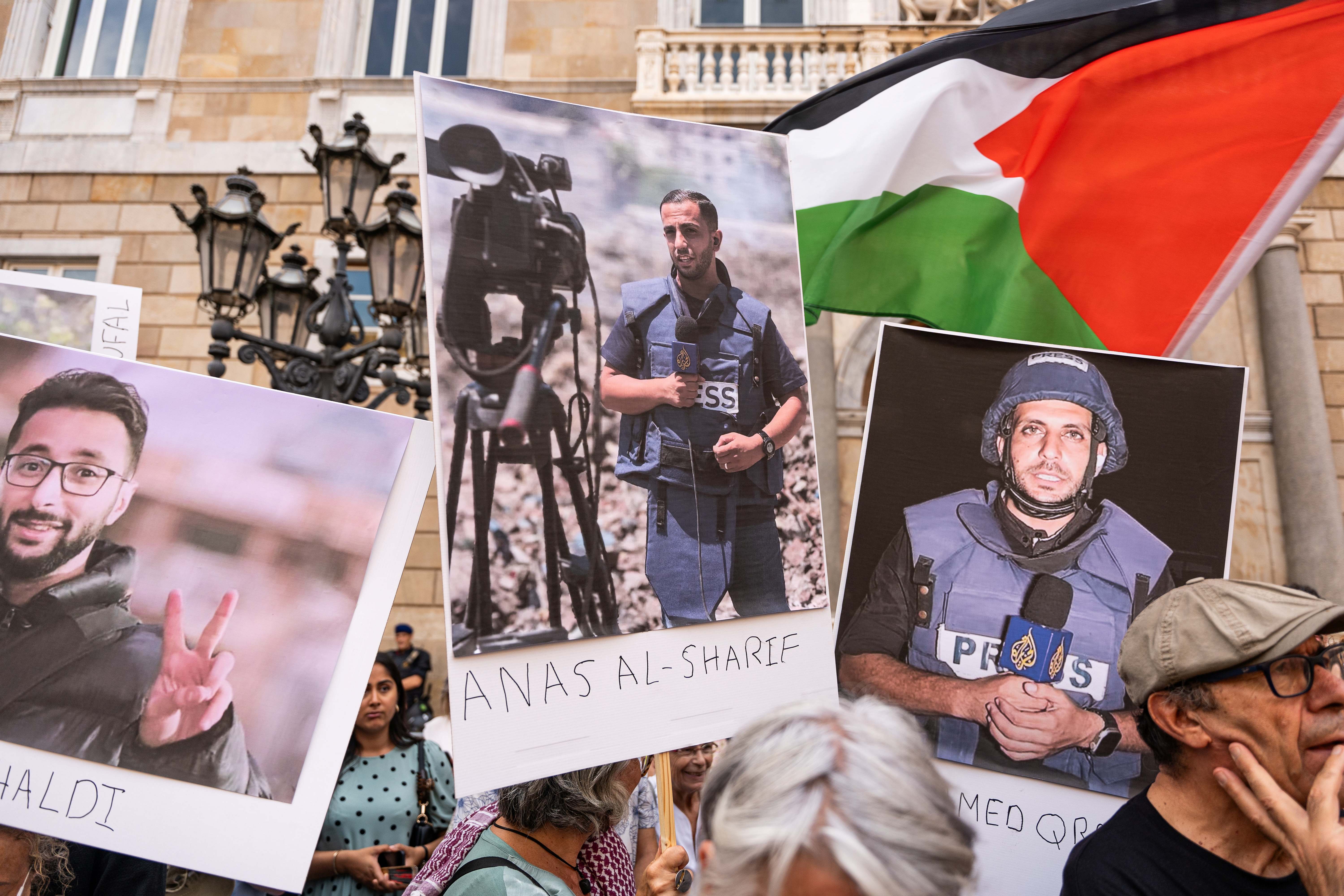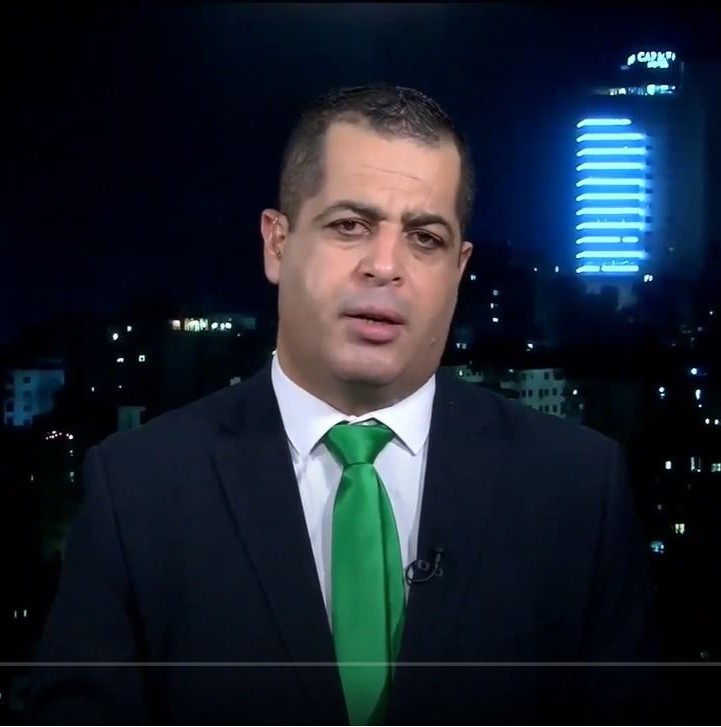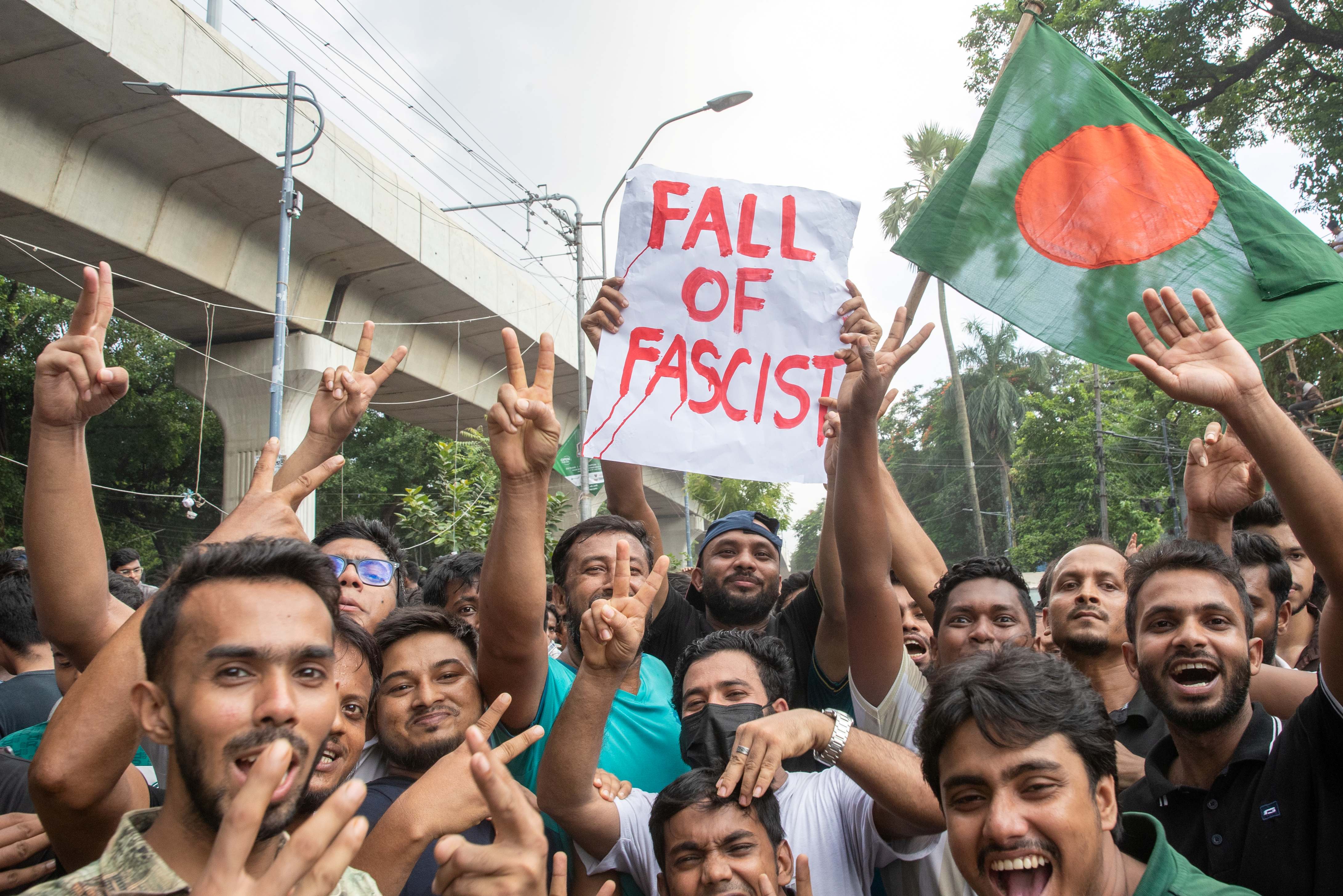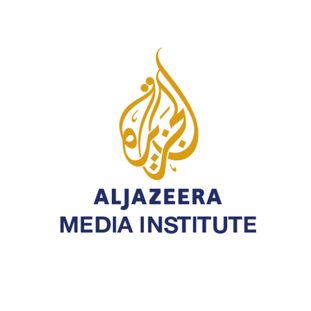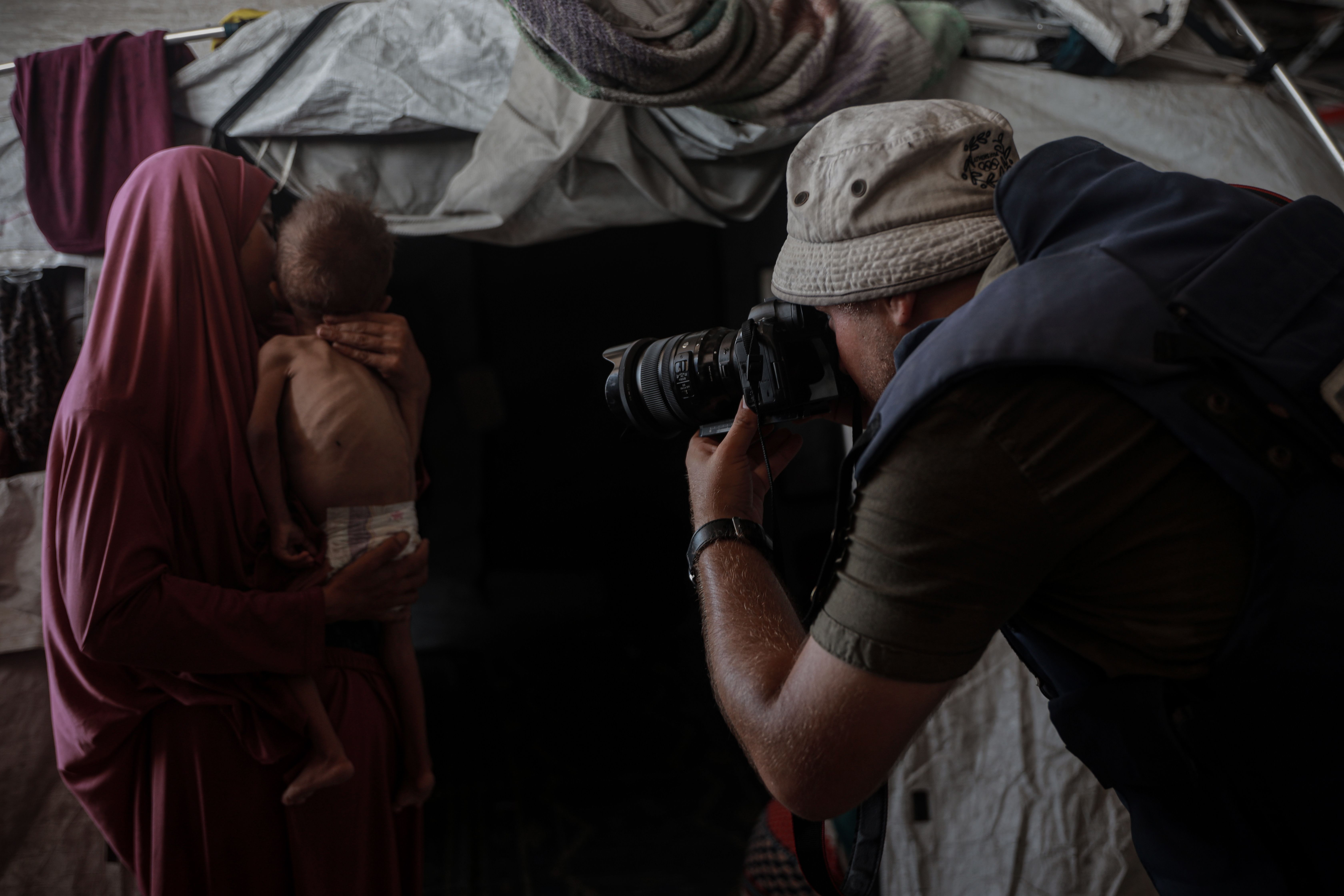على حسابه في تويتر، يقول الصحفي الباكستاني أنصار ناقفي: "نتعامل مع موت واحد كمأساة، ومع موت الملايين كأرقام".
في 22 مايو/أيار الماضي، وفي الساعة الثانية والنصف بعد الظهر، أصبح أنصار ناقفي نفسه يمثل "المأساة"، بعد تحطم طائرة تابعة للخطوط الجوية الباكستانية بعد محاولة فاشلة للهبوط في مطار "جناح" الدولي.
كان للخبر وقع الصدمة على العاملين في قطاع الإعلام في البلاد، إذ كان أنصار ناقفي مديرًا للبرامج والشؤون الراهنة في قناة "24" الإخبارية في لاهور، وكان صحفيًّا مخضرمًا يتمتع بدائرة واسعة من المحبين والمتابعين.
كان أنصار عائدًا للالتحاق بعائلته في كراتشي لقضاء عطلة عيد الفطر معهم، بعد شهر من منع السفر بسبب تفشي وباء كورونا.
وعلى بعد عشرات الأمتار فقط عن مدرج المطار، سقطت الطائرة "PK8303" فوق منطقة مكتظة بالسكان، مما أدى إلى وفاة 97 من أصل 99 راكبًا، بعد أن نجا اثنان فقط بأعجوبة.
وفقًا لما تناقلته وسائل الإعلام، فإن خللا فنيا في نظام الهبوط قد حصل، ولم تُجد نفعًا محاولات الطيار لإنقاذ الموقف. وقال شهود عيان إن الطائرة بالفعل حاولت الهبوط عدة مرات، قبل أن تسقط وتتحطم.
توالت الأخبار عن احتمال وجود ناجين بين الركام، ونما بعض الأمل في العثور على أحياء من بين الركاب، وارتقب الجميع سماع أخبار جيدة. لكن سرعان ما حلّ الارتباك والتضارب في الأنباء بشأن الناجين، خاصة بعد أن صرحت المستشفيات بأن حالات الإصابة التي تتعامل معها هي لسكان المنطقة التي سقطت فيها الطائرة، لا للركاب أو الطاقم.
وبعد ساعات طويلة صعبة في انتظار التأكيدات من المسؤولين، تمّ الإعلان عن وفاة كافة ركاب الطائرة باستثناء شخصين فقط كُتبت لهما الحياة، وسرعان ما تبيّن أن أنصار ناقفي ليس أحدهما.
لقد بدا جليًّا أن الإعلام في باكستان تلبّس حالة من اللامبالاة وعدم الاكتراث بمسألة الموت والضحايا، وربما صار التركيز على الاستمرار في بثّ الأخبار أمام مثل هذه الكوارث مجرّد وسيلة دفاعية.
وهذا ما حصل، إذ تعاملت وسائل الإعلام مع الفاجعة بالأسلوب المعهود، حيث انطلقت من الحديث عن تكهنات عامة على مدى ساعات وساعات من اللعب على العواطف وتحليل الحادثة.
فبعد دقائق من تحطم الطائرة، بدأت القنوات تضخّ سلسلة لا تتوقف من الأخبار العاجلة على شريط الأخبار، إضافة إلى الصور من موقع الحادث، ومقاطع فيديو لموقع سقوط الطائرة واحتراقها، واستمرّ هذا النمط من التغطية مع استمرار تدفق الأخبار والتفاصيل.
وفي غضون ساعة كاملة، تسابقت القنوات بلا أدنى شعور بالمسؤولية على إذاعة تسجيل صوتي أجراه قبطان الطائرة المنكوبة مع برج المراقبة، وذلك قبل التأكد من صحته من الخبراء، ودون أي اعتبار لمشاعر ذوي الطيّار ومصابهم، في تصرّف ينم عن غياب الذوق، على أقل تقدير.
وكما كان متوقعًا، فإن التسجيل الصوتي أثار موجة من التكهنات التي تطرق إليها المذيعون والمراسلون و"الخبراء"، ونشأت العديد من النظريات حول الحادثة وأسبابها، بل وصل البعض إلى خلاصات قاطعة بمجرد الاعتماد على التسجيل. لكن لم يسأل أحد عن مصدر التسجيل المسرّب، وكيف ظهر بهذه السرعة؟ ولماذا؟
كانت قائمة الركاب على الطائرة المنكوبة قد وصلت إلى وسائل الإعلام حتى قبل التأكد من مصيرهم، وكان تكرار أسماء الضحايا وعرضها في هذه المرحلة أمرًا صعبًا زاد من حرقة ذويهم وهم أمام الشاشات.
ولم يقف الأمر هنا، بل بدأت صور الركاب بالظهور على الشاشات، معظمها -على ما يبدو- كان من حساباتهم على فيسبوك، فظهرت صور شخصية لهم وصورهم مع أسرهم وأطفالهم، دون أي اعتبار لخصوصية الضحايا أو مشاعر أسرهم وهم يشاهدون هذه الصور على الهواء مباشرة.
لا شك أنه أمام هذا الحجم الهائل من المحتوى من كل جانب، يكون من واجب وسائل الإعلام أن تبحث عن طرق مبتكرة لجذب متابعة المشاهدين، دون أن يتم ذلك على حساب الأخلاقيات الأساسية لمهنة الإعلام.
المشهد الإعلامي في باكستان غضّ ولا تنقصه الحيوية، ولا سيما بعد إطلاق العديد من القنوات الخاصة مطلع الألفية الجديدة، بعد ثلاثة عقود من سيطرة القناة الرسمية للدولة. وقد وجدت هذه القنوات الجديدة تربة خصبة لتلعب دورًا في نشر الأخبار أمام جمهور متعطش لم يختبر هذه الظاهرة الإعلامية الجديدة من قبل.
والآن، وبعد مضي 18 عامًا، زادت عدد القنوات في باكستان عن 100 قناة، بينها عدد كبير من القنوات الإخبارية التي لا يتوقف التنافس بينها على نسب المشاهدة، ولعله من السذاجة افتراض أن هذه القنوات قد تتوقف عن ذلك تحت أي اعتبار.
في العام الأول من انطلاق القنوات الإعلامية الخاصة، كانت هنالك تغطيات لحوادث مؤلمة وهجمات إرهابية وجرائم، وذلك على مدى عقد كامل من الظروف الصعبة والفظائع التي لم تتوقف، واضطرت القنوات للتعامل مع وضع شديد التعقيد تكتنفه الكثير من المخاطر في التغطية الصحفية.
فالمراسلون الذين يغطون الأخبار المتعلقة بالإرهاب كانوا يتعاملون مع الأحداث بشكل مباشر وشبه يومي أحيانًا، مع كل ما يفرضه ذلك من تحديات تتعلق بتحديد نوع المقاطع التي يمكن بثها، ومقدار المعلومات التي يمكن كشفها، في قرارات يلزم اتخاذها بشكل لحظيّ.
النتيجة كانت أحيانًا ظهور مشاهد مروعة على شاشات التلفاز، كأشلاء للضحايا وصور للدم، دون حجبها. لقد كانت أوقاتًا عصيبة على وسائل الإعلام في خضم السعي لنقل الأخبار والوصول إليها، دون توفر الفرصة للتوقف قليلا والتفكير في العواقب التي قد تترتب على بث مثل هذه التفاصيل، وأثرها على المشاهدين ونفسياتهم.
في تلك الفترة لم يكن أحد يدرك أو يكترث بضرورة الاتفاق على كيفية التعامل مع المحتوى الحساس وفهم مدى تأثيره على عامة الناس في باكستان، وصار التنافس على السبق الصحفي أهمّ من الأخبار نفسها، فغابت مبادئ الممارسة الصحفية المسؤولة، والتأكد من المعلومات، وأخلاقيات التغطية الإعلامية، وتجاهلت وسائل الإعلام المسؤولية المنوطة بها، ليس أمام المشاهدين وحسب، بل إزاء من يظهرون في التغطيات الإخبارية، وإزاء مهنة الصحافة نفسها.
لقد كانت بعض وسائل الإعلام في الماضي تعرض مقابلات مع ناجيات من اعتداءات جنسية، ومع قاصرات أحيانًا، ومع أسر الضحايا، وكان بعض المراسلين أثناء تغطية حادثة إرهابية، لا يتورعون عن العبث بالأدلة المحتملة في موقع الحادثة.
لقد حدثت هذه التجاوزات في مرحلة يمكن وصفها بأنها مرحلة تعلّم، وكان من المثير ملاحظة مقدار التطور في الأداء على مختلف الجوانب مع مرور السنوات. ومن المؤسف عدم البناء على هذا التطور في تغطية الخبر المتعلق بحادثة تحطم الطائرة "PK8303"، حيث تم تجاهل مبدأ التعاطف والحساسية تجاه الضحايا وأسرهم، في تجلّ واضح للنّهم غير المسؤول لأي معلومة كانت.
أهمل العديد من العاملين في الوسط الإعلامي أساسيات التحقق من المعلومات، وتم التعدي على خصوصية أسر الضحايا، حتى إن إحدى القنوات سجّلت حديثًا مع طفل صغير بعد دفن أبيه الذي قضى في الحادثة.
ربما يجدر بوسائل الإعلام في باكستان أن تعيد النظر في طريقة تغطيتها للكوارث والحوادث المأساوية، وأن تتذكّر أهمية تقدير مشاعر الآخرين، والتأكيد على مبادئ الصحافة الأساسية، وهو أمر لا غنى عنه من أجل مساعدة الصحفي على التركيز على جوهر القصص التي يتعامل معها وعدم الانشغال بالقشور.

